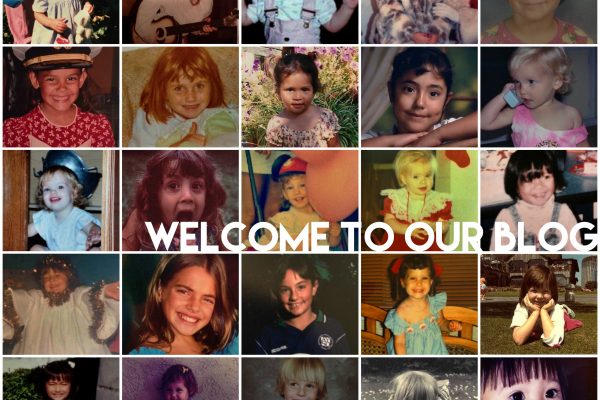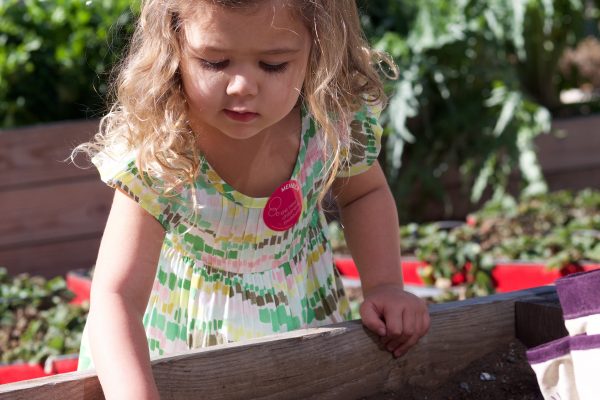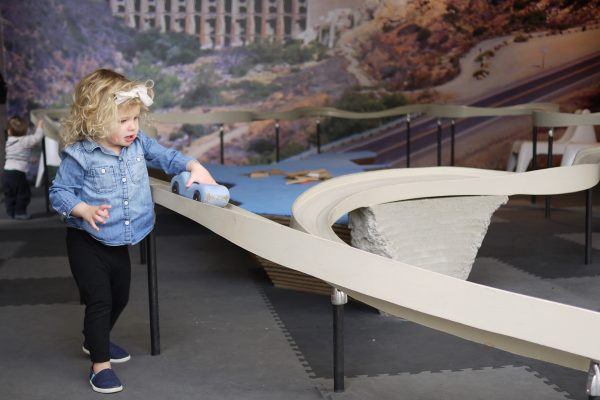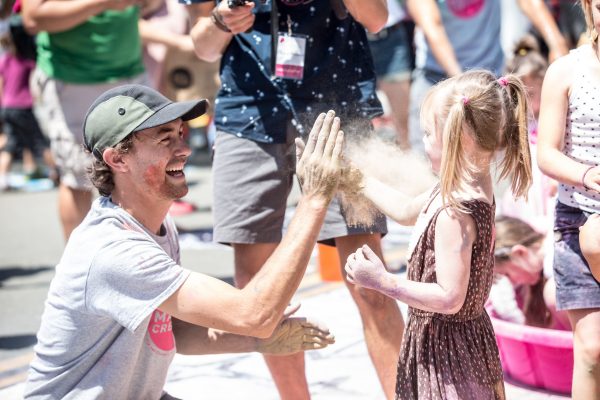The Museum Welcomes back a familiar face
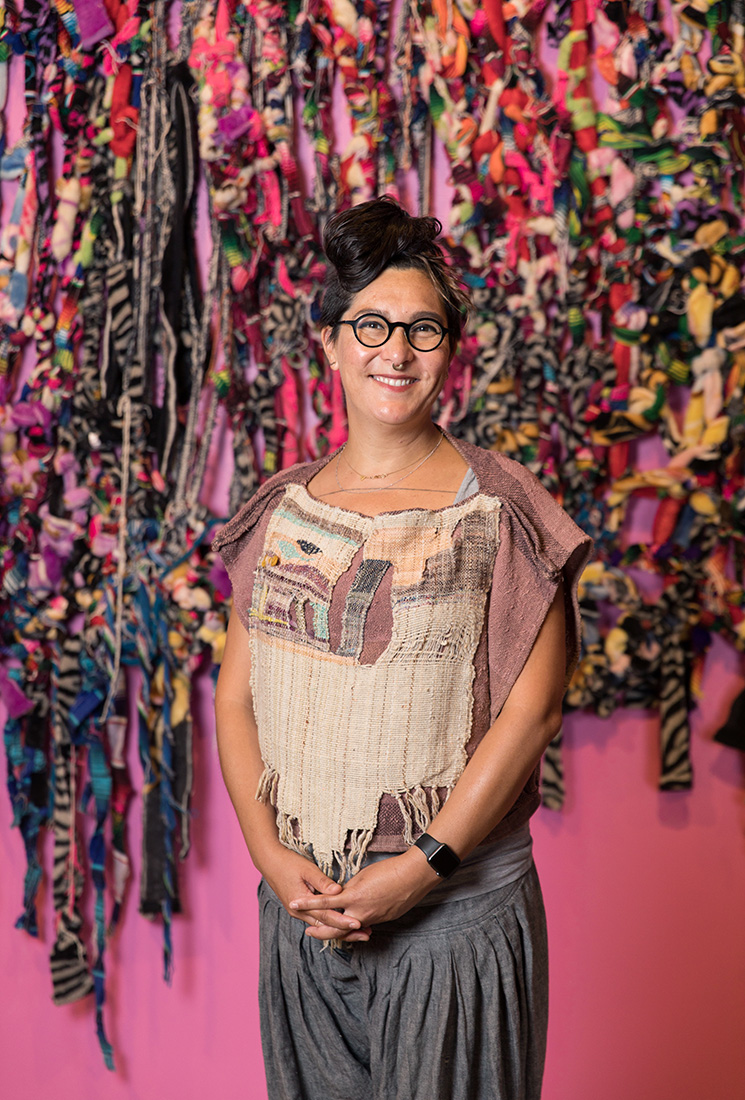 Meet our 2019 artist-in-residence, Tanya Aguiñiga! A Los Angeles-based artist/designer/craftsperson who was raised in Tijuana, Mexico, Tanya is no stranger to the Museum. She was first commissioned for The New Children’s Museum’s grand opening in 2008 and created Texture Forest, a whimsical toddler play space. Ten years later, Tanya has returned to the Museum to participate in our annual Mass Creativity program, in which she has created fun and engaging workshops at community centers throughout San Diego that will culminate in Mass Creativity Day on June 22. She is also reimagining our Tot Studio for toddlers on the Museum’s upper level – slated to open this fall.
Meet our 2019 artist-in-residence, Tanya Aguiñiga! A Los Angeles-based artist/designer/craftsperson who was raised in Tijuana, Mexico, Tanya is no stranger to the Museum. She was first commissioned for The New Children’s Museum’s grand opening in 2008 and created Texture Forest, a whimsical toddler play space. Ten years later, Tanya has returned to the Museum to participate in our annual Mass Creativity program, in which she has created fun and engaging workshops at community centers throughout San Diego that will culminate in Mass Creativity Day on June 22. She is also reimagining our Tot Studio for toddlers on the Museum’s upper level – slated to open this fall.
Tanya has made great strides in her career in the decade since Texture Forest. In 2018, she received the inaugural Johnson Fellowship which recognizes artists who have made significant contributions toward positive changes in U.S. communities. She is currently exhibited in a group exhibition at the Renwick Gallery, Smithsonian American Art Museum through late spring. She is also a mother to a 5-year-old girl.
We recently caught up with Tanya to learn more about the inspiration behind her newest projects at the Museum, the impact she hopes her artwork will have in the community and motherhood.
Q: What made you want to come back and work with the Museum again as our artist-in-residence?
Tanya: I had a great time working with The New Children’s Museum, which was already a big part of what I knew of San Diego art institutions growing up. One of my mentors would talk about doing projects here all the time, so I always knew about it and really wanted to do something here. Since the opportunity to create Texture Forest 10 years ago, I had a child and spend a lot of time visiting spaces for children. I really wanted to work with the Museum again because now I know a lot more about children and their needs, especially when they’re younger. You don’t often get a chance to revisit a project, so it’s a really incredible opportunity to come back.
Q: What’s the theme behind the Mass Creativity workshops at the community centers? Can you describe what you’ll be making in these workshops?
T: The whole thing is about developing a nonverbal language that is visual and texture-based, and helps children learn to be more empathetic in open and creative ways. Thinking about that, I wanted to really explore emotions and how they manifest themselves in tactile form. All of the workshops are going to be dividing different parts of emotional, physical states through bodies as a jumping off point for talking about different emotional and physical needs.
Q: What kind of materials will you be using in the workshops?
T: I want it to be as crazy as possible! I really like to work with everyday objects. So things that are upcycled, that are found in grocery stores and that lots of parents have access to. My ultimate goal, apart from getting people interested in being more humane and empathetic, is to get them to understand that they can make art. How do we engage children and parents in the creation of art so that it expands the field, and therefore makes the world a more inclusive place? It’s about using a lot of found things that people can access on their own and demystifying art.
Q: What do you hope the community centers will take away from doing these workshops?
T: I really hope that the community centers will let the parents understand that this place is for them – that they have the power to change institutions and that we actually have control over our built environment.
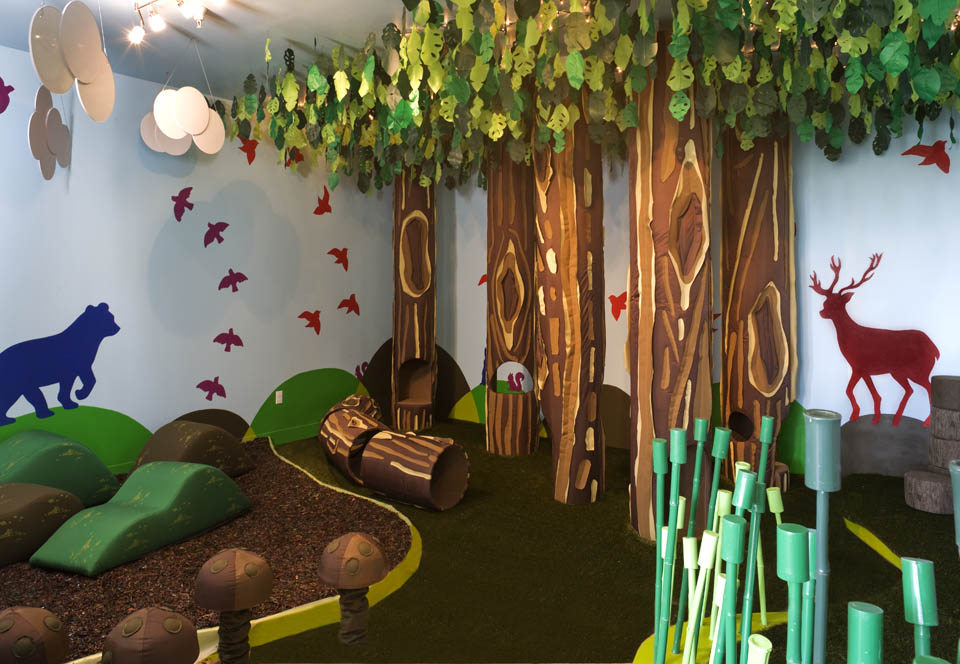 Q: Can you share what you have in mind for reimagining the Tot Studio space? What’s your inspiration for this space so far?
Q: Can you share what you have in mind for reimagining the Tot Studio space? What’s your inspiration for this space so far?
T: I’m trying to keep it as open as possible because I don’t want to dictate what stuff looks like without going into the (Mass Creativity) workshops first. I want to learn as much as I can from others and really think of this as a true collaboration between the Museum, the community partners and me. It’s probably going to end up being a super colorful collection of different types of texture, where there will be spaces to crawl into and cuddle that have different size “beings” hanging out in their own environment: like a really strange, imaginary world.
Q: How does creating an art installation for children to interact with differ from art installations you’ve done for other art museums?
T: Usually people can’t touch anything, so right off the bat it’s different. And usually everything is geared for an adult audience or a very different art world gaze. It’s really exciting to be able to do something that could be an entire environment – that’s more site-specific, that helps draw more people to the Museum and also keep them coming back. Usually people only go to your exhibition once and they don’t come back. So thinking of it being a space that is created with the help of the community and is for the community, where they can come back and call their own.
Q: Now that you’re a mother, does this change how you approach your craft? Does it give you a new/different perspective?
T: After having a child, I think it’s difficult for people not to change. It’s made it so that every project I take on has more significance. I do think a lot about the person she’s going to become and how can I take on projects that expand the realm of possibilities for her to be able to do and be whatever she wants to be. So most of my projects since having her have to do in some way or another with motherhood or with expanding opportunities for the next generation.
